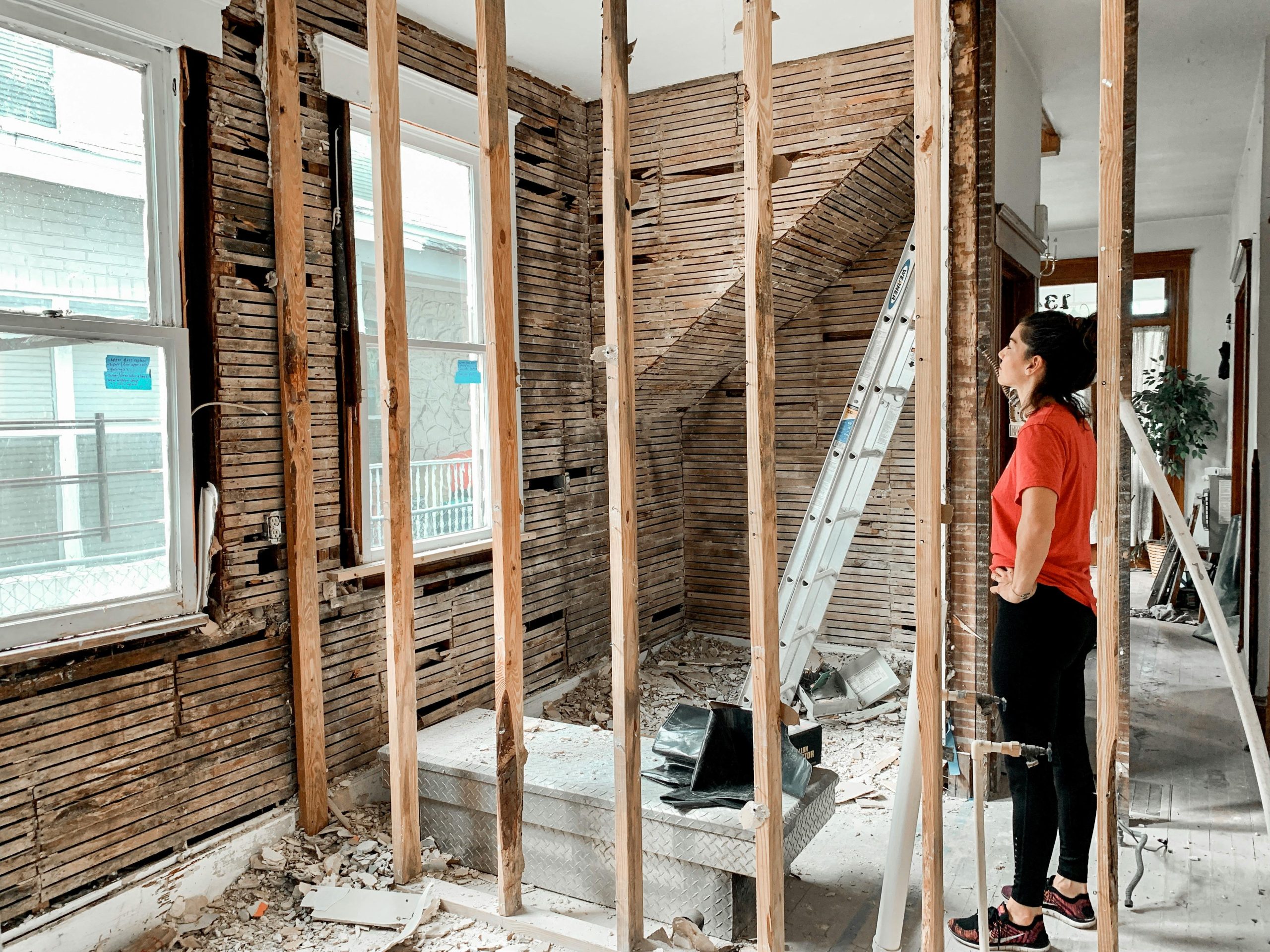
Keeping a rental property in good repair can be expensive. Naturally, every landlord wants as many tax deductions as possible to offset those costs. However, only some business expenses are fully deductible, while others are depreciated. Why? And how can a landlord tell the difference? The key lies in the distinction between capital improvements versus maintenance and repairs.
Why does the distinction matter?
Capital improvements receive different tax treatment than maintenance and repairs. Now, payments for run-of-the-mill maintenance or needed repairs are typically tax deductible. By contrast, capital improvement expenses attach to a property’s cost basis and depreciate over time—usually 27.5 years for residential properties. So, while maintenance costs provide a more immediate tax benefit, capital improvements produce tax savings over time—even during a property sale.
How can I tell the difference?
When you understand the difference, the tax treatment for maintenance versus capital improvements makes sense. Expenses that fall under maintenance and repairs will keep the property in working order. Maintenance is routine or preventative, and repairs involve fixing broken fixtures and returning the property to its original state.
Examples of maintenance/repairs include these:
- Fixing a leaky sink.
- Refinishing worn-out flooring.
- Fixing a broken garbage disposal.
- Replacing lightbulbs.
- Routine landscaping.
Capital improvements, on the other hand, permanently increase the property’s value. The definition also covers alterations that increase a property’s usable life or possible uses.
Here are some examples of capital improvements:
- Adding a new room.
- Finishing the basement.
- Installing a deck or patio.
- Renovating a bathroom.
- Replacing the roof or siding.
What about gray areas?
Most of the time, distinguishing between a simple repair and a major improvement is easy to identify. But some projects are less straightforward:
Painting. Painting often falls under maintenance, such as sprucing up a unit before new tenants move in. But look at the whole picture. If you undertake a complete kitchen remodel that includes a new paint job, that expense and the rest of the renovation will be a capital improvement.
Simple repair becomes more. Sometimes, intended maintenance turns into a significant project. For example, the cost of standard HVAC maintenance would be a deductible business expense. But if the technician determines you need to replace your HVAC system, you’re looking at a capital improvement instead.
Partial replacement. Under IRS guidance, replacing 30% or more of a building component categorizes a project as a capital improvement. So, replacing one broken window would probably be a repair, while replacing half the windows in the building would be a capital improvement.
When in doubt, consult an accountant with tax expertise to help maximize your deductions while complying with IRS guidelines.
About Rentals America
Rentals America provides full-service property management for residential rental properties. Our team is completely dedicated to property management, and we’re here to help landlords navigate the rental market.








